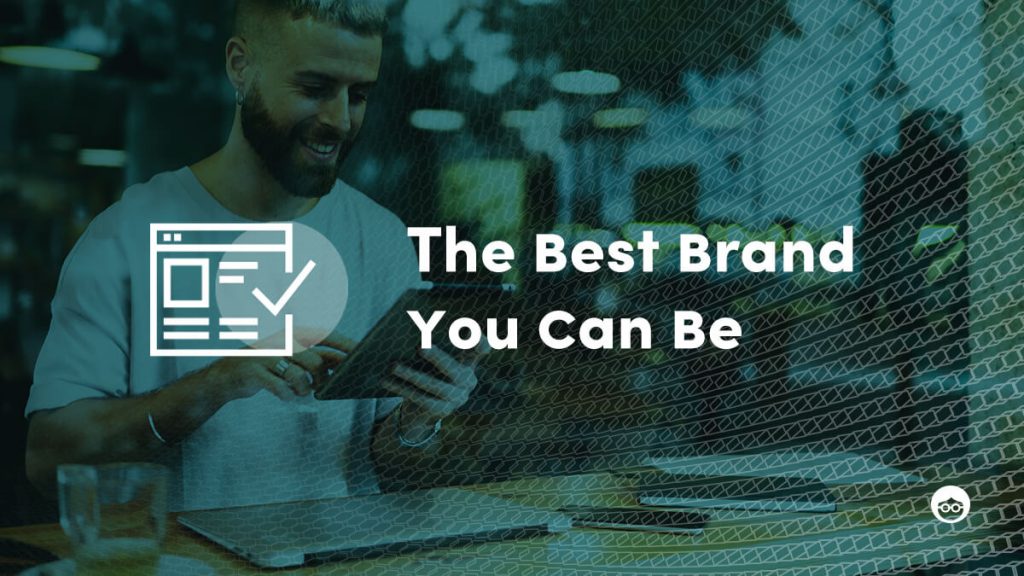
Read our marketer’s guide to brand awareness and see how you – like Coke – can use the power of recognition to inspire sales.
Ninety-four percent of the world’s population recognizes the Coca-Cola logo.
That is an awesome statistic, but at the same time, it’s not surprising.
The Coke company is an icon. Just a split-second glimpse of the white curly font and banner against the bold red background is enough to fire up the brain’s recognition engine. But there is something deeper going on. It’s called brand awareness.
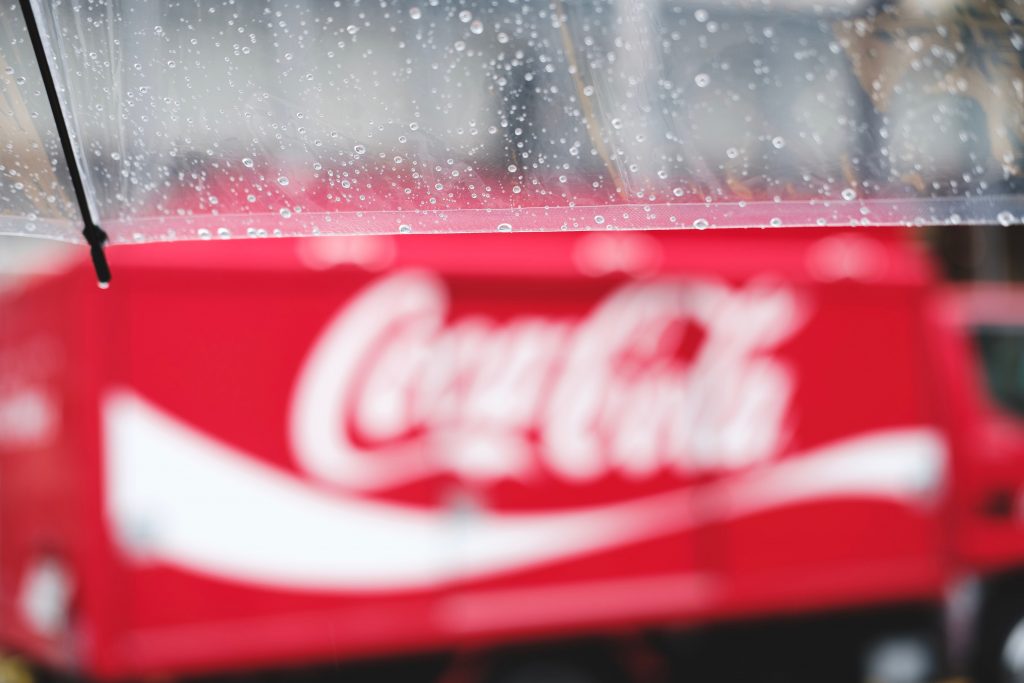
What is brand awareness?
Brand awareness is a measure of how well people recognize a brand or business by its name, logo, or other defining feature. Brand awareness is important because it is the first stage of the customer’s journey to purchase. After all, a consumer must be aware of a brand before they can decide that they would like to become a customer.
Brands that have high awareness among consumers tend to outperform those that don’t. However, it’s not just how much brand awareness that counts. It’s where the focus lies. Companies should concentrate their brand awareness efforts on the target audiences that really matter – those who are likely to buy their products or use their services.
Even so, brand awareness is not quite that simple. For example, you might assume that a baby clothing brand has no need for awareness among consumers who don’t have children. True, this is not the primary target audience, however, people with no children still buy baby gifts. And people who have no interest in babies at the moment may eventually have families of their own, or nephews and nieces! When considering brand awareness, it pays to think outside of the box, beyond the immediate target audience, and also consider the long-term effects of building brand awareness for future customers.
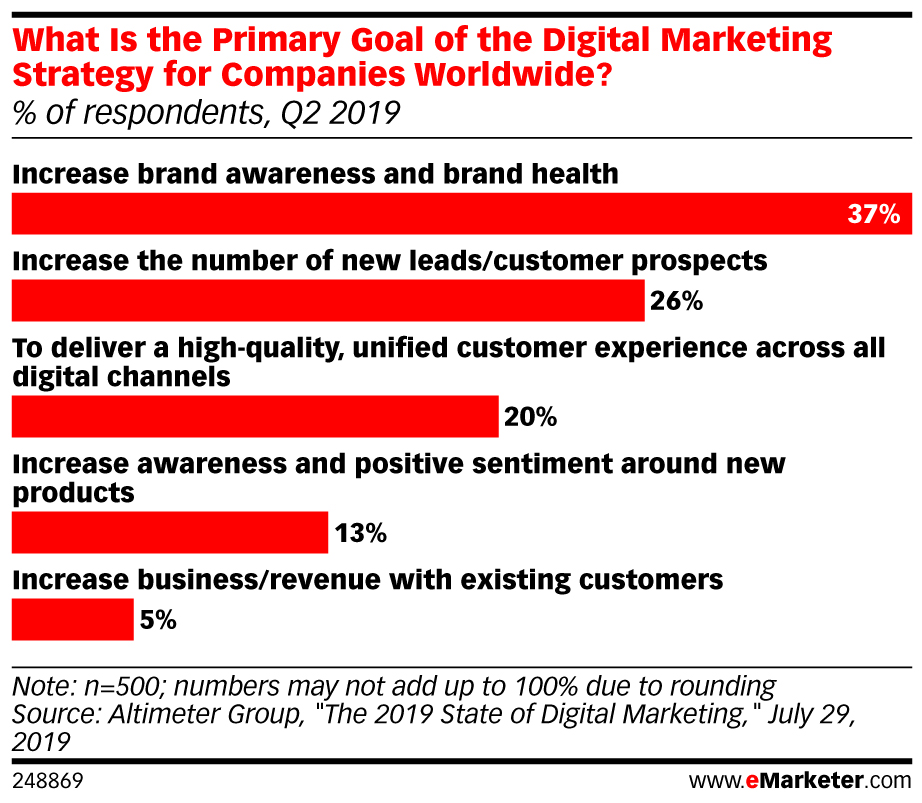
How does brand awareness increase sales?
You’ve decided to buy a pair of sneakers. Quick! What are the first brands that pop into your mind?
We don’t need to spell them out. And it doesn’t necessarily mean that you will buy the brand you thought of first. Perhaps when you get to the store, you will fall in love with a different brand and sneaker altogether. But the fact that you have a high awareness of certain brands is very important because it indicates an internal bias towards them. Multiply this effect by thousands of customers, and brands will inevitably see a sales increase. This is what every marketer aims for with their brand awareness activities.
Here are 4 ways that brand awareness boosts sales:
- It gives a competitive advantage – High awareness among consumers means that brands have a head start compared to the competition. They have to work less hard to get the same kind of name recognition in the market. And that’s a great springboard to more sales.
- It builds trust and authenticity – A brand that is well known, easily identifiable, and has a strong voice in the market naturally radiates a sense of authority and leadership. This drives brand authenticity, consumer trust, and loyalty. And these are also the things that turn a brand into a sales leader.
- It promotes shared values – 77% of consumers say they buy from brands that share their social values. Whether it be sustainability, diversity, or something else, creating an association between the brand and the shared value is a powerful key to drawing attention and appreciation among customers. Not only does this build awareness of the brand and its values, but it also directly drives customers who share those values to open their wallets.
- It boosts customer loyalty and retention – It is cheaper to retain customers than to acquire new ones. Brand awareness is a customer retention tool, as it keeps the brand at top of the customer’s mind. Of course, just being aware of a brand is not enough to keep customers happy. You also have to deliver great products, services, and experiences. However, when these all come together with high brand awareness, it becomes much easier to hold on to customers and prevent churn.
How long does it take to build brand awareness?
Rome wasn’t built in a day, and neither is brand awareness.
For some brands, awareness among the target audience increases at a natural pace in keeping with the growth and development of the company and its products. The Coca-Cola logo didn’t become recognizable overnight; in fact, it was first designed way back in 1885!
No, your brand doesn’t need a century-and-a-half to build awareness. On the other hand, don’t expect brand awareness to skyrocket five minutes after launching a website and logo. Brand awareness is a long-term marketing activity that demands deliberate planning, execution, and tracking.
Like many activities in marketing, brand awareness usually grows slowly and organically over time. How long it takes, whether 3 months to a year or even two years, will depend on a lot of factors – it especially depends on how aggressive and powerful your brand awareness strategy is.
How to build brand awareness in 5 easy steps
The best way to build brand awareness as quickly as possible is to have a clear and clever strategy in place that will gain the most exposure for your brand with the right audiences in the right way.
Let’s take a look at the 5 necessary steps to building brand awareness:
Step 1 – Know your target audience
Most marketing activities start here. In order to know how best to appeal to an audience, you first have to get to know them as people – their pain points, joys, fears, needs, frustrations, desires, and preferences. Only then are you equipped to consider how your brand can improve their lives, what marketing messages will speak to them, and the best ways to catch and keep their attention
Step 2 – Set your brand awareness KPIs
Once you’ve honed your brand messaging, you need to figure out how to measure the success of your brand awareness activities. This means setting the key performance indicators (KPIs). Here are four KPIs for brand awareness that are commonly used:
- Website visits: Track activity on your website, including new visitors, unique visits, time on page, and which pages are getting the highest traffic. If brand awareness is improving, you should expect to see positive trends in your web visits and traffic data too.
- Tools to help you: Google Analytics, SimilarWeb
- Social media engagement: Monitor your audiences’ engagement with your social media pages, including likes, comments, shares, and new followers. Like your website, increasing brand awareness comes with increased social media engagement and activity.
- Tools to help you: Sprout Social, BuzzSumo
- Branded searches: Check out search volume data to see how many people are looking for your brand, products, or services on search engines. Keep an eye on the various keywords that are popular in your industry and among competitors. These can give you an indication of which keywords you can use to boost brand awareness with your content.
- Mentions: Is your brand a hot topic of conversation online? When brand awareness is high, there is a buzz of chatter that is evident in forums, discussions, comments, and social sites. Track your brand mentions to see the level of conversation surrounding your brand on an ongoing basis.
- Tools to help you: Mention.com, Mentionlytics
Step 3 – Create targeted campaigns for your business
The next step is getting down to the business of actually building brand awareness. So, what is a brand awareness campaign? It’s a marketing tactic designed with the specific purpose of creating recognition of your brand, products, services, and values.
Brand awareness campaigns don’t have hard conversion goals, such as increasing sales, or getting registrations for a webinar. Therefore, a brand awareness campaign will be crafted differently than a conversion-oriented campaign.
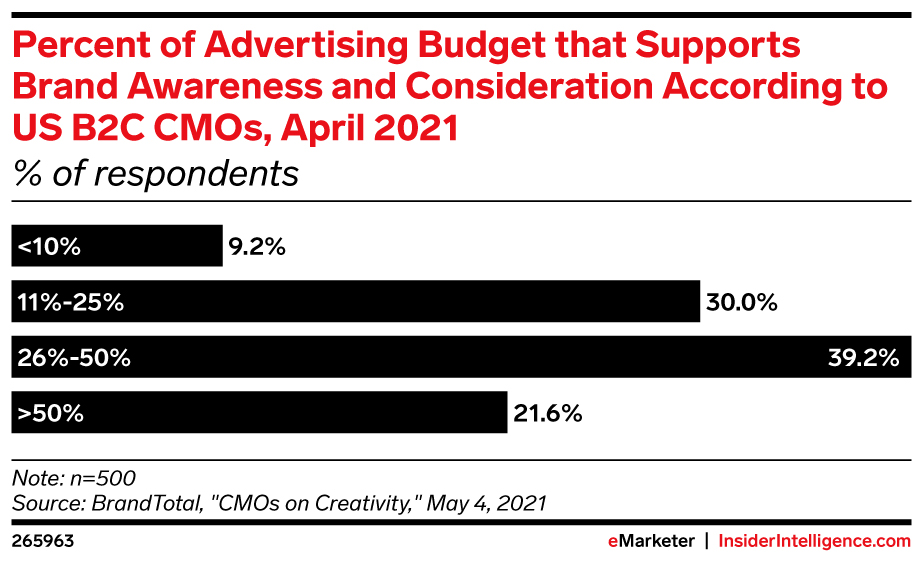
Step 4 – Diversify your channels
When your brand awareness campaign is ready to go, it’s time to decide how to promote it.
Some channels are more popular than others for brand awareness campaigns. Social media, for example, provides a natural ecosystem that supports brand awareness.
How social media increases brand awareness?
- By exposing wider audiences to brands via their network of family and friends
- Providing a range of brand experiences, such as images, videos, interactive discussions, and promotions
- Using audience targeting to reach users who are most likely to be interested.
Native advertising is also gaining ground as a preferred medium for brand awareness campaigns. The beauty of native advertising is that it supports non-intrusive, non-disruptive advertising experiences, targeting relevant audiences on high-quality websites where they are naturally browsing and open to discovering new content.
Step 5 – Track & optimize
How to measure ROI on brand awareness is the next step in the process.
Every marketing campaign should be optimized for cost effectiveness, and that includes brand awareness. Unlike hard figures, such as sales or leads, tracking and optimizing brand awareness is more challenging. This is due to the fact that “awareness” is inherently non-quantifiable – it is not measurable in the same way that you can measure the number of new customers or number of units sold.
Even so, the brand awareness KPIs set in step 2 are the benchmark to measure the return on investment of your brand awareness activities. Choose specific metrics that you want to track before launching a brand awareness campaign, and then look at them again after a certain period following the campaign. For example, monitoring completion rates on a brand awareness video provides an indication of viewer engagement. Comparing completion rates from different awareness videos can demonstrate what type of video works better for your brand.
There’s also the question of how to measure aided brand awareness?
Aided brand awareness is the level of brand recognition when the audience is specifically asked about the brand. It’s the difference between the question, “What pizza brands come to your mind?” and “Are you aware of Pizza Hut pizzas?” Aided brand awareness can help businesses understand the quality and quantity of awareness specific to their brand among different audiences, rather than focusing on the industry as a whole.
Aided brand awareness is measured with the help of surveys and questionnaires via social media, email marketing, or focus groups.
How to run a brand awareness campaign?
There are different ways to do this, but they all revolve around telling a story or imparting a message about the brand that ignites conversation, engages emotion, and gets the audience thinking about the brand.
Check out this example of a great brand awareness video by Disney. In 2016, Disney came out with the #Healthilyeverafter campaign to promote healthy eating and lifestyles. Note that the video is not promoting a Disney movie, selling tickets to Disneyland, or advertising Disney merchandise. It is focused on the values of the Disney brand, and connecting those to the audience’s lives.
How to create brand awareness in a new market
Getting a car from 0 to 10 mph demands more energy than from 10 to 20. For the same reason, creating brand awareness in a new market is particularly challenging. How can you get a brand recognized when starting from scratch?
When brands can’t rely on social networks, word-of-mouth, or Google search, then native advertising is an excellent choice. With native ads, brands can get placement on the world’s premium websites and get exposed to high quality traffic and qualified audiences.
The difference between regular ads and native advertising is the state of mind of the consumer. Unlike display ads or search ads, which are a response to a specific search query, native ads are shown to customers when they are in a general mode of discovery. They are not looking for a particular brand; rather, they are open to new content that might be relevant to them. This is the ideal moment to catch consumer attention and make the reader aware of a brand that they didn’t know existed and would not have searched for.
Another big advantage of native advertising is the advanced targeting opportunities. With native ads, brands can target audiences by their interests. A consumer who is interested in jewelry may not have heard of a specific brand. But when they are shown an ad for a jewelry brand, specifically targeted to them because of their interest, then suddenly they become aware. Interest targeting can go even deeper than that. If a customer loves jewelry, but also shoes, then the jewelry brand can target them with ads on websites about footwear fashion trends. This kind of deep targeting is an extremely effective way to build brand awareness where it didn’t exist before.
Which targeting option is best for achieving brand awareness, besides interest targeting? Lookalike audiences. This targeting feature identifies audiences who are similar to existing audiences. Brands can uncover new audiences where they never could have found them before with the help of lookalikes – an ideal tactic for building brand awareness among new audiences in new markets.
Brand awareness examples
There are lots of great brand awareness examples out there. Some are so good, you will probably remember them off the top of your head.
How about George Clooney and Nespresso? Or Corona beer, which did not shy away from its name even during the infamous coronavirus pandemic?
Let’s take a look at a couple of examples of brand awareness and how they worked:
Dove – Becoming the voice of body acceptance
In 2004, Dove launched what was then a radical and game-changing campaign focused on the issue of body acceptance. The brand ran a series of ads featuring regular women with average body sizes and shapes, rather than airbrushed models.
Although the long-running campaign has had its share of hits and misses, such as the backfiring of its body-shaped bottles, there is no doubt of the power of the ‘Be Real’ message and how much brand awareness it has generated over the past decade and a half.
For good and for bad, Dove succeeded in positioning the brand as a central voice in the important global conversation around body image, body confidence, and self esteem.
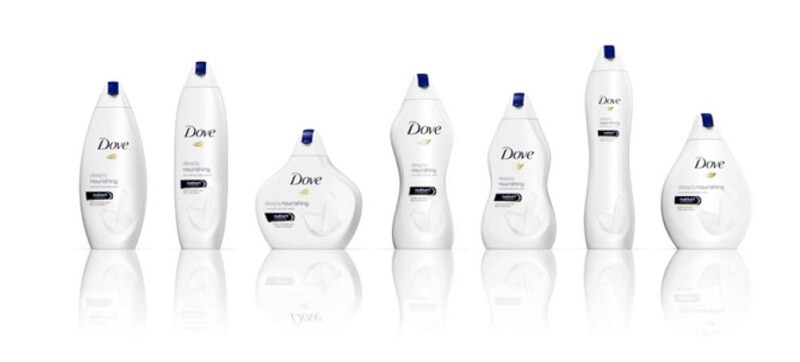
Karcher – Native video boosts brand recognition
The Karcher vacuum cleaner brand harnessed the power of video for a brand awareness campaign – but with a twist. The videos were promoted on Outbrain’s native advertising network, using the “Click to Watch” format. Rather than annoying the audience with pre-roll video ads that interrupt their online experience, Outbrain Click to Watch ads are 100% opt-in, which means the viewer chooses to watch by clicking on the video. The viewer is primed to discover the brand because they have opted-in to the awareness experience.
The results speak for themselves: in a joint study with Nielsen, the campaign was found to increase brand recognition for Karcher by 81%, and make viewers 70% more likely to associate Karcher with floor cleaners. This even led to an increased purchase intent of X1.81.
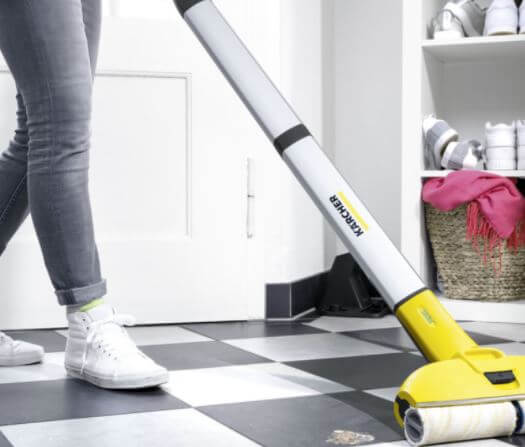
You don’t have to be Coca-Cola to win brand awareness
Coca Cola is probably the world’s best example of the concept of brand awareness. For marketers of any company or product, brand awareness is a prize you should be aiming for. Unlike Coke, you don’t need billions of people to recognize your brand, but you do need to build brand awareness where it counts. Use the simple steps and the inspiring examples in our brand awareness guide above to make your brand stand out from the crowd.Get started with your brand awareness native campaign